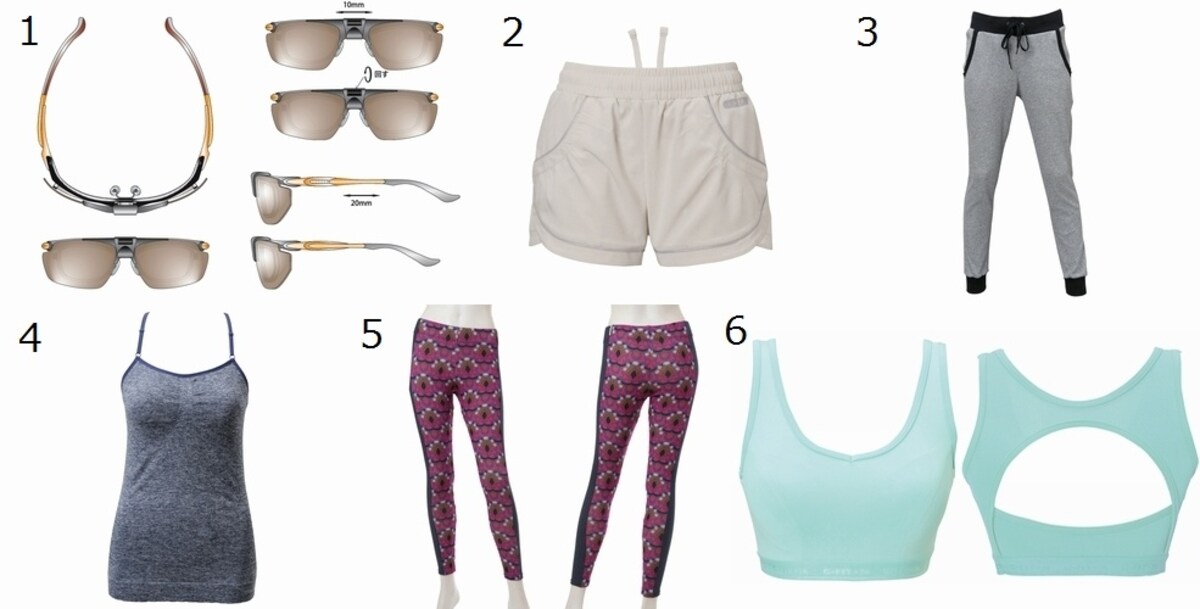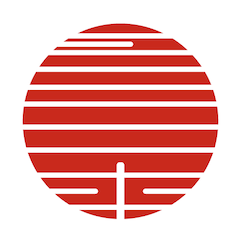Get Active & Get on the (Japanese) Beach!
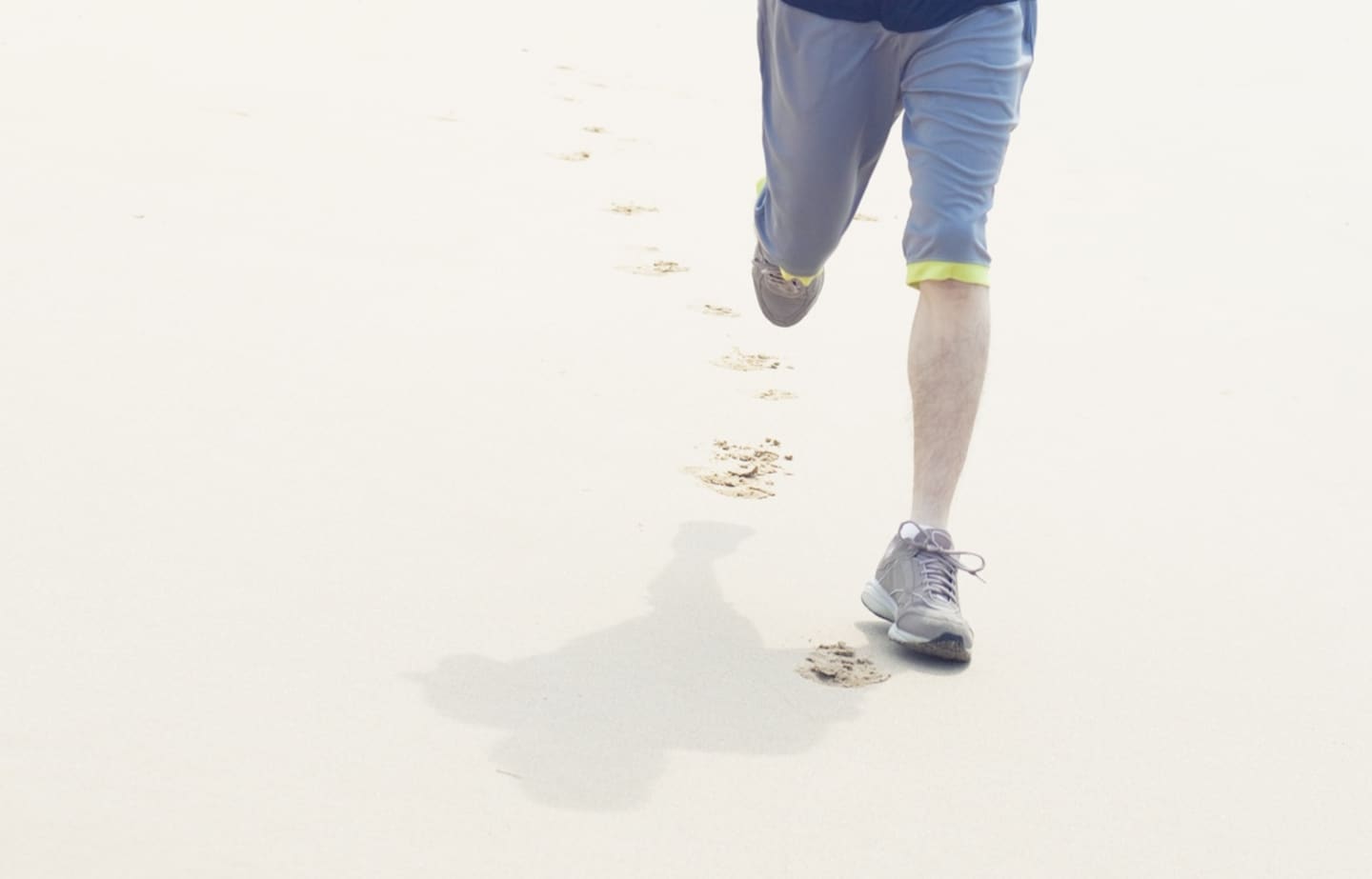
Japan is known as one of the longest-lived nations in the world. While much is written about the benefits of Japanese cuisine and eating habits, the importance of Japan's active lifestyle also cannot be ignored.
By 100 JAPANSporting Life
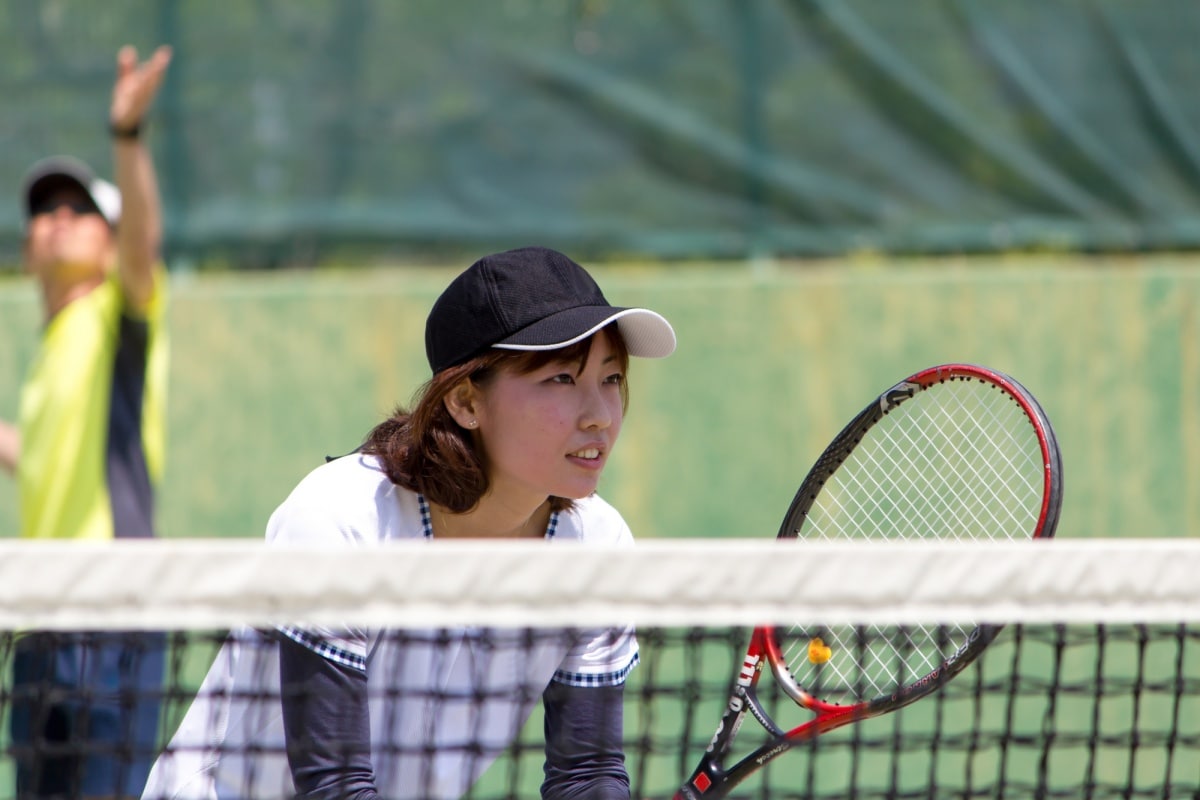
While there are plenty of opportunities for children in Japan to get involved in sports, the system transitions from optional fun to formalized requirement in junior high school, where the bukatsudo (部活動) system encourages every student to join a school club. While options such as brass band and art club exist as well, the vast majority of these clubs are sports clubs, ranging from baseball and basketball to kendo and gymnastics. Each student can only join one club, and total dedication is the norm.
Sports clubs will typically practice every day after school and Saturday mornings as well—in addition to practice and tournaments all through the summer holidays! The National High School Baseball Championships are so intense that they're even televised every summer.
While many students gradually move away from their sports in high school, and even more shift away during university, the foundation for regular activity has been set. While some people will carry on with casual local sports groups—or even company sports teams—many also go on to engage in hiking, cycling or long-distance running.
Beach Life
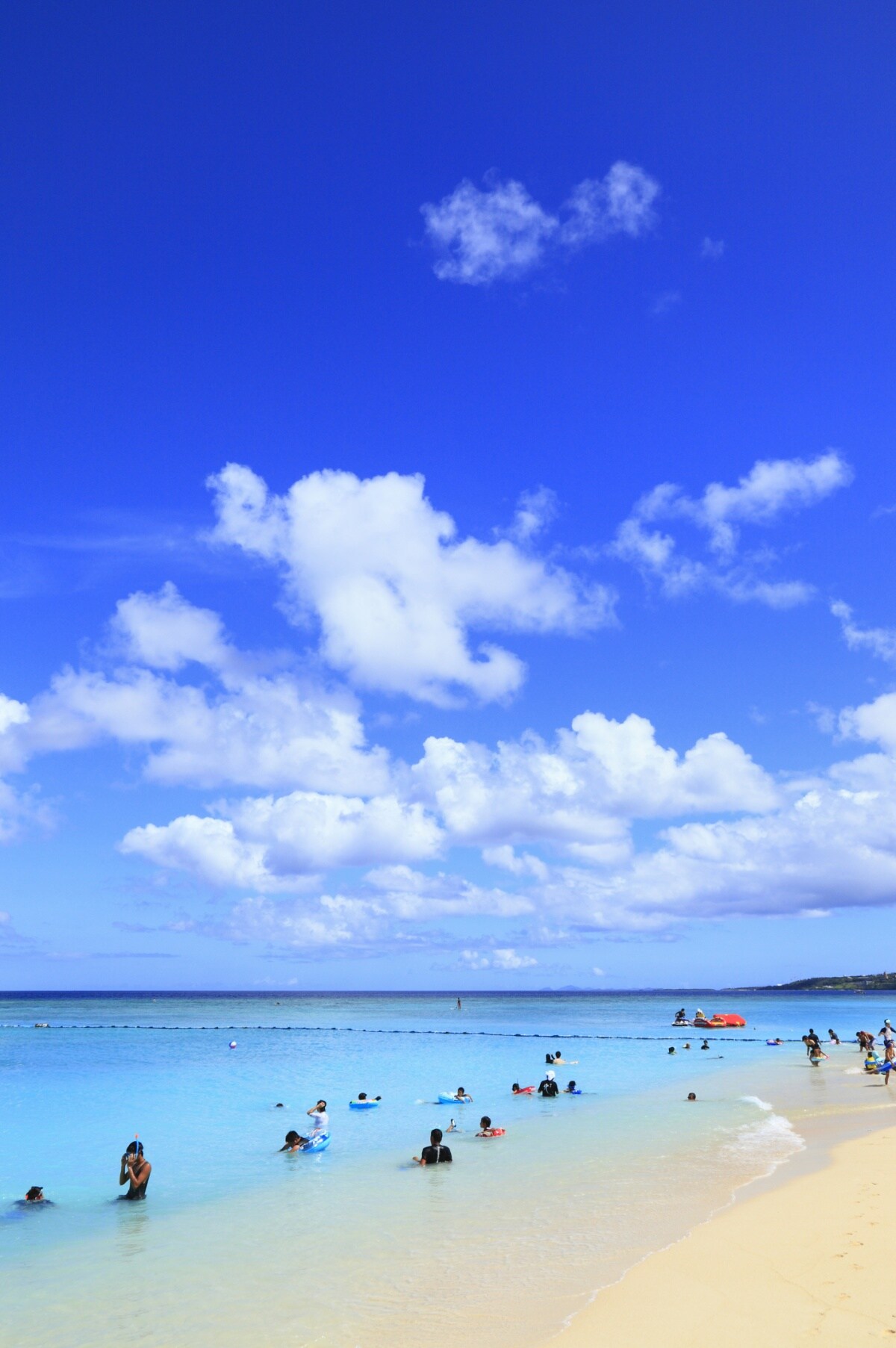
Beaches are also very common places for activity in Japan. With the fifth-longest coastline in the world, not to mention some gorgeous beaches from Okinawa to Tohoku, there are plenty of opportunities to get out in the water.
While Tokyoites are famous for their high-fashion sunbathing at the beaches around Chiba and Kanagawa, full-on swimming, snorkeling, diving and surfing are popular at beaches in many areas of the country. Chiba's Pacific-facing Kujukuri Beach is famed for its surfing, as is the Shonan area of Kanagawa. Diving is popular on the Izu Peninsula and in Okinawa, while resort beaches can be found pretty much anywhere there's sand. Barbecues and suica-wari (watermelon smashing, sort of like a ground-based piñata) are popular beach activities for families, with soccer and volleyball being the common beach sports. You won't see many frisbees, though!
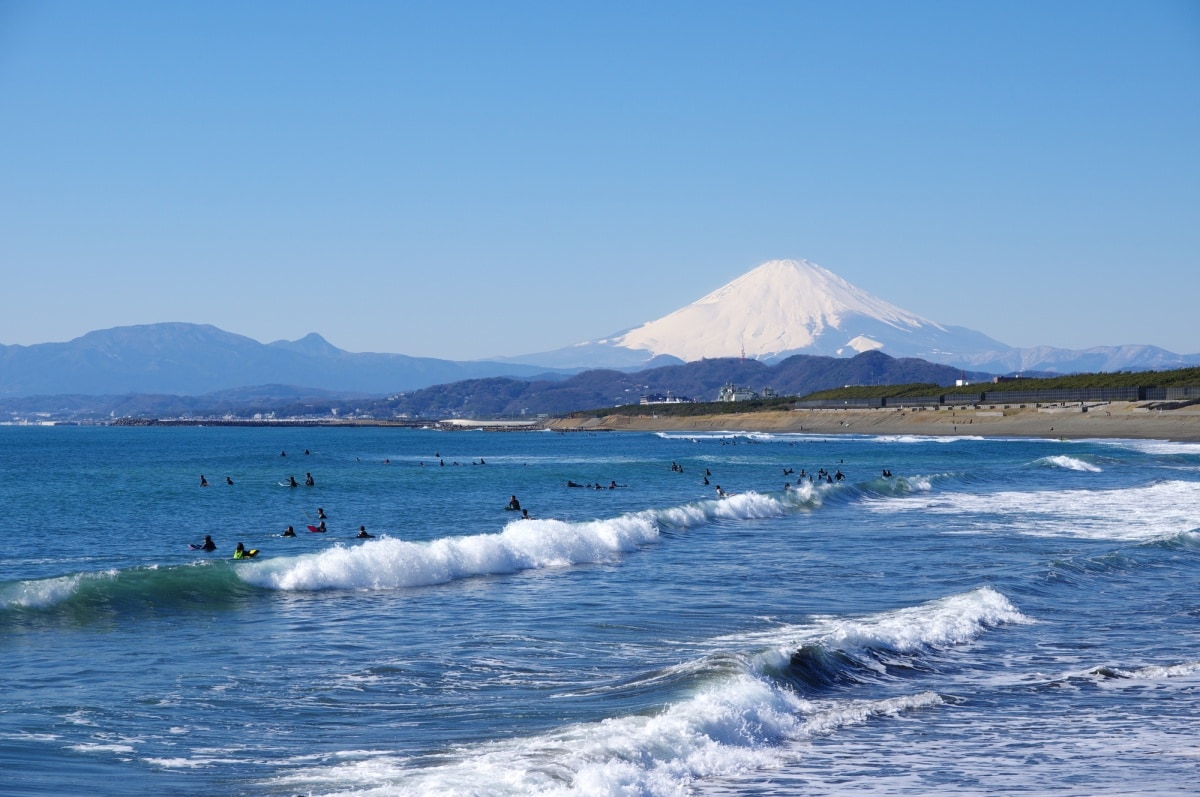
While Japanese beaches are warm through much of the year, they're only considered "open" for a limited period of time. Swimming season officially starts with an umi baraki ("sea opening") ceremony, typically held in July in the Kanto area, though beaches in Okinawa open as early as March or April. It's only from this time that beaches will feature lifeguards, shops and rental gear, and Japanese people (other than surfers) will generally stay away from the water outside the official season.
It's believed that poisonous jellyfish begin to appear after the Obon season in mid-August, so beach attendance typically drops off after August 16. Most beaches are formally closed as of September 1 in Kanto, though the season runs as late as October in the southern islands of Okinawa. The idea of beach season ending with the arrival of September is so deeply ingrained that even water parks will generally close at this time as well. So the season is limited, but that's all the more reason to enjoy it to the fullest!
Need sporting attire? Why not go Japanese-style!
1. Eye-Shield (AILET CORPORATION)
2. AIR-PANTS Running Shorts (BODYARTJAPAN Co., Ltd.)
3. AIR-SWEAT Jogger Pants (BODYARTJAPAN Co., Ltd.)
4. Nadie Seamless Bodywear (BODYARTJAPAN Co., Ltd.)
5. Real Stone Yoga Leggings (BODYARTJAPAN Co., Ltd.)
6. H-BACK Sports Bra (BODYARTJAPAN Co., Ltd.)
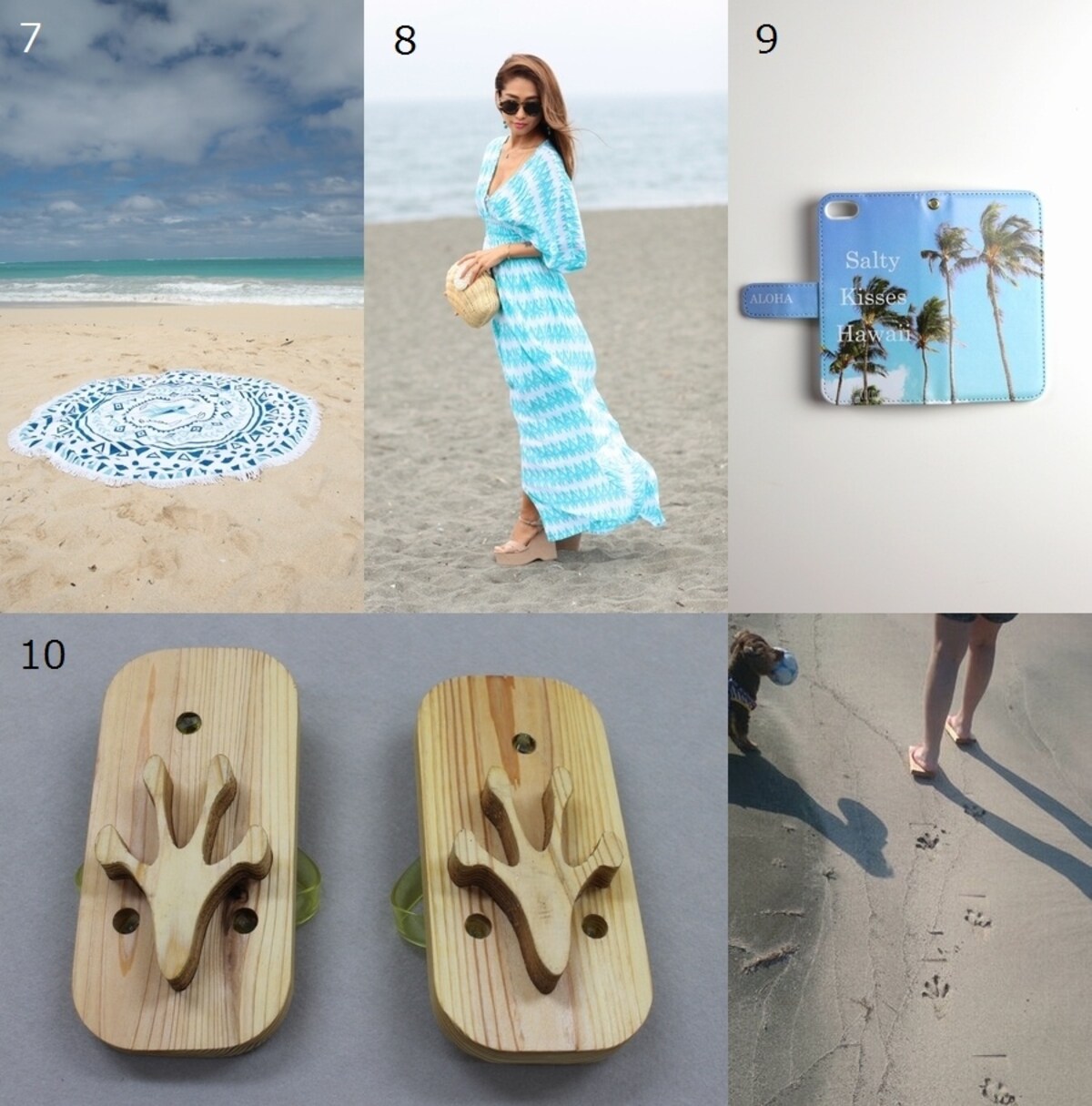
You can have some stylish fun at the beach as well!
7. Sea Collective PALMA BEACH TOWEL (Beach Life Co., Ltd.)
8. LAUT BLUE KIMONO ZIGZAG MAXI DRESS (Beach Life Co., Ltd.)
9. COCOSHINE Salty Kisses Hawaii PALM TREE IPHONE CASE (Beach Life Co., Ltd.)
10. Footprint Geta (ECHIZEN Co., Ltd.)


